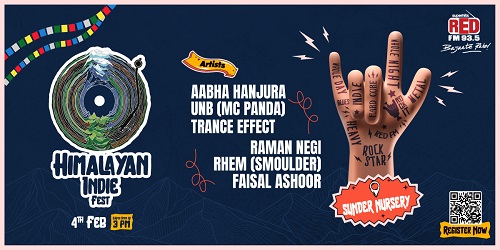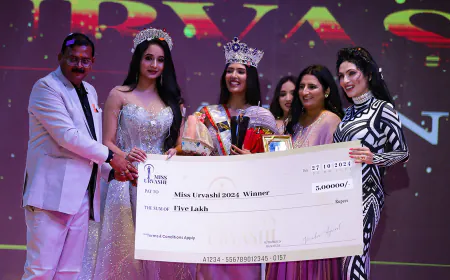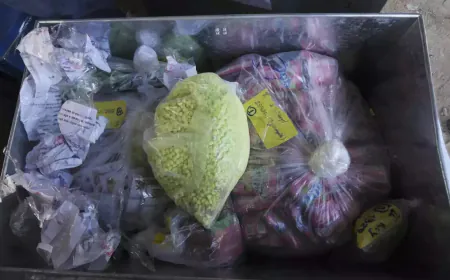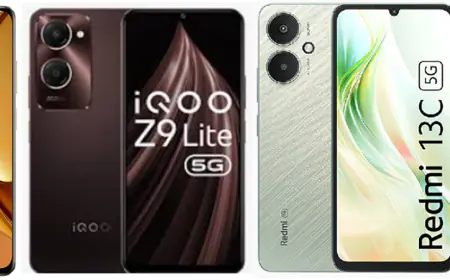Incredible Ways To Tell The Difference Between Natural And Artificial Colors
Holika Dahan, sometimes referred to as Chhoti Holi, represents the triumph of good over evil. People assemble the day after the full moon to play Holi by dousing each other in colored powder.
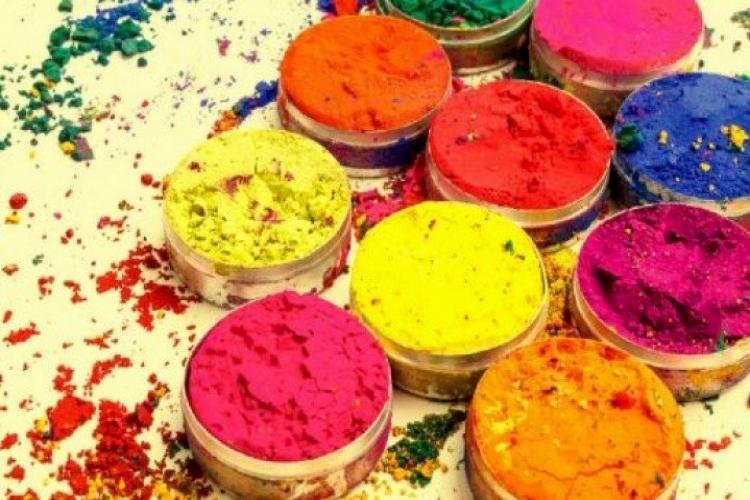
All of us are anticipating the festival of colors. One of the most celebrated Hindu holidays is Holi, when people play with color and water and make a variety of delectable dishes. On the Phalgun month's full moon day, Holi is celebrated. Holi will be observed on March 8, 2023, this year. The festival of colors is enthusiastically observed.
Holika Dahan, sometimes referred to as Chhoti Holi, represents the triumph of good over evil. People assemble the day after the full moon to play Holi by dousing each other in colored powder. People play with color or Gulal during Holi since it is a celebration of color. There are many different types of genuine and chemical gulal on the market, but it is difficult to distinguish between the two. During Holi, purchasing chemical gulal immediately impacted your skin. Moreover, it leads to rashes and other skin-related issues. Here are some fantastic advice.
Several contaminated colors are readily accessible on the market for very low costs, and other colors are offered for sale under the guise of authenticity. Diesel, motor oil, copper sulfate, and lead are combined with chemical gulals, which are bad for our skin. It could result in issues including headaches, dizziness, and breathing difficulties. Herbal coloring is excellent for your skin.
While purchasing colors for Holi, there are a few crucial things to keep in mind. Before buying any colors, give them a sniff to see whether they smell like chemicals or gasoline. Buy none of these shiny-particle colors. Silver, dark purple, and black hues should not be purchased since they contain greater adulteration.


























